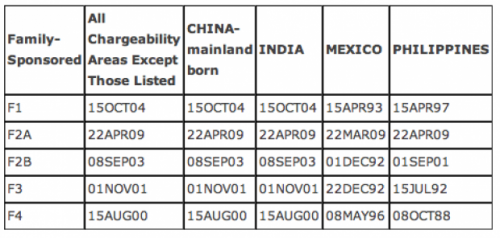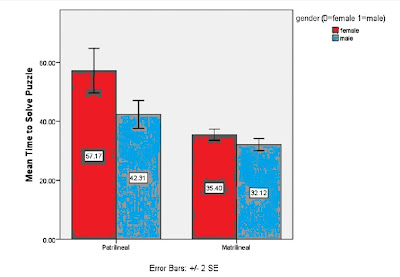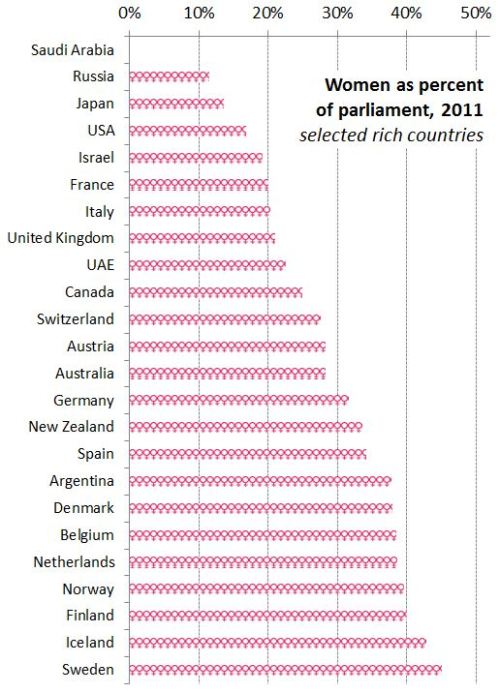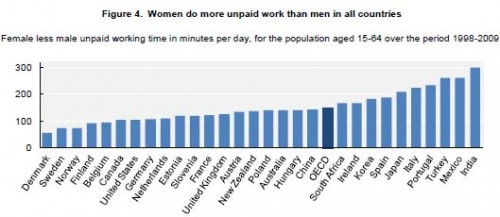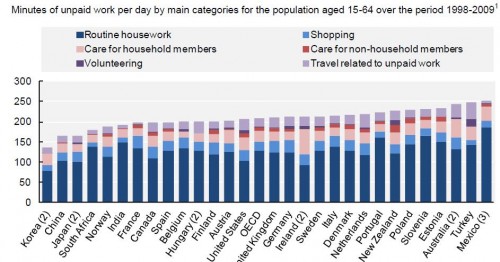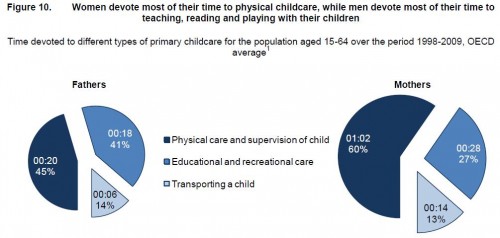Originally posted at In Transit and Racialicious.
I’m still trying to work my way through my discomfort and analyze exactly where my discomfort of this Sociological Images post is coming from, so if this critique seems a bit scattered, it’s because my thoughts about it, at the moment, are that way.
First: I agree with where the post is coming from, in that the disenfranchised rarely ever have a voice of their own in mainstream Western culture, are always portrayed as the Other, which is defined as everything that said mainstream Western culture isn’t (at best as something that props it up and provides an aesthetically pleasing contrast, at worst as something that must be exterminated). And this leads to remarkably similar cycles of dehumanization and disenfranchisement. As so many minority thinkers/activists have noted, manufactured binaries between the privileged West and everyone else, even seemingly positive ones, ultimately end up reinforcing destructive hierarchies.
Where I disagree with the poster is the framing, which I feel makes the post, in some ways, as reductive as what it’s critiquing. Because there are different contexts in which the above cycle/process of exotification occurs, and those contexts matter and shouldn’t be handwaved, even (and I would say especially) if you’re taking the pov of the white outsider and attempting to deconstruct it. Social justice discourse loses its meaning when it becomes divorced from one of power relations.
In this specific example, while making its comparison of India as a magical negro, the post fails to both note and appreciate the following bits of context:
That both the main white actress and the main desi actor in the film are British, with Dev Patel adopting an Indian accent and playing the part of a “native”. That all the featured Indian characters are coded as middle/upper class (the dress, able to speak fluent English, etc) and light skinned. That in many ways this is how India is actively marketed by its tourism sector (and also its government. Did a project once which involved collecting promo material from the Indian consul — I think in Chicago? — and it was quite hilariously illuminating), because they’ve judged that this type of pandering will bring in the tourist dollars.
And this exotification of India in the West has been happening since before the time of Columbus, and reducing said things to a “phenomenon in which a white character in a tv show or movie finds enlightenment…” seems rather glib. (Just because it appears in tvtropes does not mean TV created it!) And that’s not even getting into how most isms seem to inevitably become just like the racism that blacks (had) face(d) in the US.
I also thought it was telling how none of the links elaborating on the “magical negro” trope went to one of the many black writers who’ve done the major work of deconstructing and dissecting it, much less linking to desi writers talking about colonialism and othering.
So what my disagreement boils down to, I think, is this: that this is a discussion about the Othering/exotification of India in mainstream Western culture that succeeds in further marginalizing/disenfranchising desis and other minorities. It doesn’t consider that we might be among the audience for this post (much less making room in the conversation for us, much less acknowledging all the times we’ve already discussed this), and in the way it takes something that rose out of certain contexts, misidentifies said contexts while applying it to different ones with no mention of the consequences of the differences, makes it, again, similar to what it’s aiming to critique.
And it brings home the point that, for all its social justice aims, this is a blog for a specific group of white people, by a specific group of white people, with all the marginalizations that entails.
Another note: it is interesting to read the comments, to see all the places East/West binaries crop up. For example, this comment (which thankfully was critiqued):
So, this is probably why you’ll never find a movie about a Westerner in Latvia trying to find himself- “finding oneself” usually requires immersing oneself in a setting completely different from the everyday humdrum norm.
I do find India humdrum normy, actually. And infrastructure specifically designed to ape the west is increasingly common in cities, and you can always find people in the touristy parts who speak English and cater to Western tastes in a thousand and one ways. (Actually, you won’t need to find them, if you are white they will find you and you will not be able to escape them!) Latvia, I am assuming not so much?
I feel as if the manufactured differences that so many Westerners create for India, while completely missing the deeper and more significant ones, are part of the same binary that Fanon was talking about when he said: “The settler is all that is good and of value. The native is the negation of the settler’s value”. And a lot of the appeal of India, the reason for it not being “everyday humdrum normy”, is that it still gives middle class white Westerners who go there chances to personally experience the colonial British sahib lifestyle.
————————-
Colorblue blogs at In Transit.


